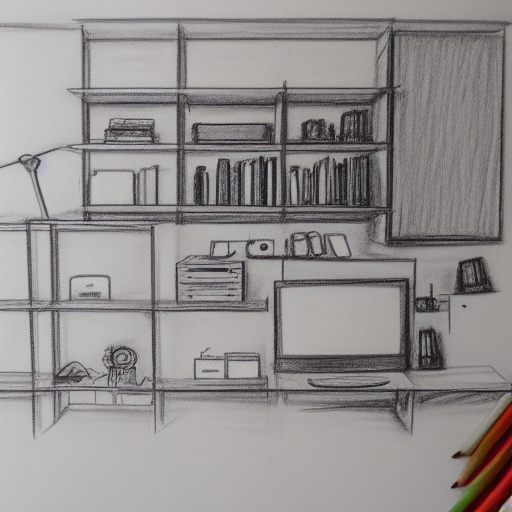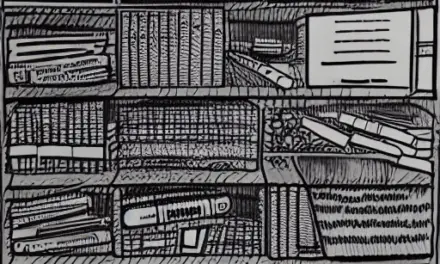When decluttering, there are a few tips to help you get the most out of your time. Rather than throwing everything in one pile, try putting the same objects in different groups. Work in 20 to thirty-minute increments. Avoid the temptation to keep things sentimental.
Avoid common decluttering mistakes
A common mistake people make when cleaning and decluttering their home is attempting to get rid of everything at once. This is a recipe for disaster. The result is a mess that will still be there on Sunday. This can also cause a lot of frustration and overwhelm.
The best way to avoid this mistake is to stick to one area at a time. For example, if you clean the bookcase in one room but ignore the rest of the room, you’re likely to make the clutter situation in another area even worse. Try to stick to one area at a time and make sure to label or store any clutter items so that you don’t get sidetracked.
Decluttering your home is not a quick process. It will take some time and several sessions to get it right. However, the more you do it, the easier it will become. As you gain experience, the decisions about what to keep and what to throw away will become easier to make. Decluttering your home is a great way to improve your home and give yourself peace of mind.
One common mistake when cleaning and decluttering is deciding where to put things. Many people end up setting aside items to donate or sell, which results in unnecessary clutter. Another mistake people make when cleaning and decluttering is failing to remove items from their homes. In addition to cluttering up your home, this mistake will also lead to frustration in the process.
Choosing a professional organizer can help you tackle your cleaning and decluttering project. An organizer will offer guidance and support without judgment. It is easy to get overwhelmed and feel as if you’re losing control. You can find yourself in a situation where you’ll feel frustrated and discouraged and give up.
Getting rid of unwanted items is the best way to fight clutter. Leaving things in your home that you don’t use or need will just push the clutter from one room to another.
Work in 20-30 minute increments
Most household chores should take no more than 20 minutes to complete. The trick is to keep on task and not get distracted. Use a timer set for five or 10 minutes to keep you on track. This way, you’ll be sure to complete your tasks in the time allotted.
Remove sentimental items
It can be hard to part with sentimental items. It can trigger years of memories and feelings associated with the item. Hanging on to these items can have a negative impact on your mood, life, and home. Instead of keeping them, you should consider donating, selling, or donating them.
Decluttering your home can be a daunting task, but removing sentimental items is an essential part of the process. This will help you deal with feelings of guilt and allow you to make room for things that are meaningful to you. To begin, think about removing small items first, such as a box or a piece of clothing. Start from the dining room or kitchen, and work your way up to the bedroom.
If you do decide to keep a sentimental item, try to decide on a specific space for it. This space can be a storage tub, shelf in a display cabinet, or a folder or drawer. By identifying a specific place for it, you can go through it with less emotion.
Decluttering a room or entire house is difficult for most people. However, it is possible to give yourself a little time and use a trial decluttering method. Set up a “maybe box” so that you can gradually eliminate items that are too sentimental.
If you can’t bear to part with sentimental items, ask for help or hire a professional organizer. If you decide to tackle the process yourself, set aside a set amount of time for the task, and make sure that you don’t spend more than three hours a day. The emotional process can be draining, so don’t push yourself too hard. Instead, take your time and feel the emotions that come with each item.
If you can’t part with sentimental items, try reusing them. You can use them in creative ways, such as framing them or displaying them in a shadow box. You can also use them to make your own personal art.













